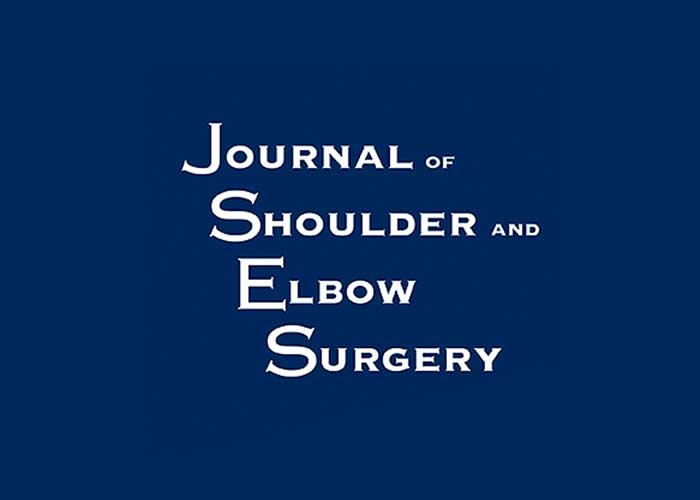
Authors:
Javier Ardebol, MD, MBA, Matthew B. Noble, DO, Lisa A. Galasso, MD, Robert U. Hartzler, MD, MS, Brian C. Werner, MD, Peter J. Millett, MD, MSc, Diego Gonzalez-Morgado, MD, Mariano E. Menendez, MD, Patrick J. Denard, MD
Abstract:
Background
Reverse shoulder arthroplasty (RSA) exhibits favorable outcomes in managing rotator cuff arthropathy, primary glenohumeral arthritis, and complex proximal humeral fractures. Despite its success and reliability, certain patients experience persistent pain and stiffness. The clinical utility of therapeutic arthroscopy in RSA patients remains an area for investigation. The purpose of this study was to report clinical outcomes, including patient-reported outcomes (PROs), range of motion (ROM), and satisfaction, in patients who underwent therapeutic arthroscopy for noninfectious stiffness and subcoracoid impingement following RSA. The hypothesis was that patients would experience clinical improvement and satisfaction, with earlier intervention being superior to later intervention.
Methods
Multicenter retrospective review on patients who underwent therapeutic arthroscopy for noninfectious stiffness and anterior shoulder pain following RSA with minimum 1-year follow-up. PROs and ROM were collected preoperatively and postoperatively. Subjective improvement in ROM and pain, complications, satisfaction, and return to activities were recorded. Data was stratified into 2 cohorts based on timing of RSA to arthroscopy (1 year or less was considered early intervention and >1 year late intervention) and variables were analyzed for each cohort.
Results
A total of 19 patients met the study criteria (13 patients in early intervention cohort, 6 in late intervention cohort). The average time from the index surgery to arthroscopy was 7.7 ± 2.1 months in the early intervention cohort and 28.3 ± 10.3 months in the late intervention cohort (P = .004). The overall cohort improved significantly regarding pain (Visual Analog Scale [VAS]: Δ-1.1, P = .003), ROM (forward flexion [FF]: Δ21°, P = .002; external rotation: Δ14°, P = .010; internal rotation: Δ1 spinal level, P = .023) and PROs (American Shoulder and Elbow Surgeons: Δ18.2, P = .001; Subjective Shoulder Value: Δ16.3, P = .009). The early intervention cohort demonstrated significant improvement in VAS (Δ−1.1, P = .029), American Shoulder and Elbow Surgeons (Δ16.2, P = .013), Subjective Shoulder Value (Δ18.5, P = .008), FF (Δ23°, P = .016), and external rotation (Δ15°, P = .028). The late intervention cohort had significant improvement in VAS (Δ−1.3, P = .048) and FF (Δ17°, P = .017). Seventy-four percent of patients in the overall cohort reported decreased pain, 79% improvement in ROM, 68% returned to activities, and 74% were satisfied. There were no complications.
Conclusion
Therapeutic arthroscopy for noninfectious stiffness and anterior shoulder pain following RSA improves clinical outcomes in most patients with a low complication risk. Although postoperative outcomes were comparable between groups, functional improvement was more likely in patients who underwent intervention earlier.
You can request a copy of the study here: Study Information Request
